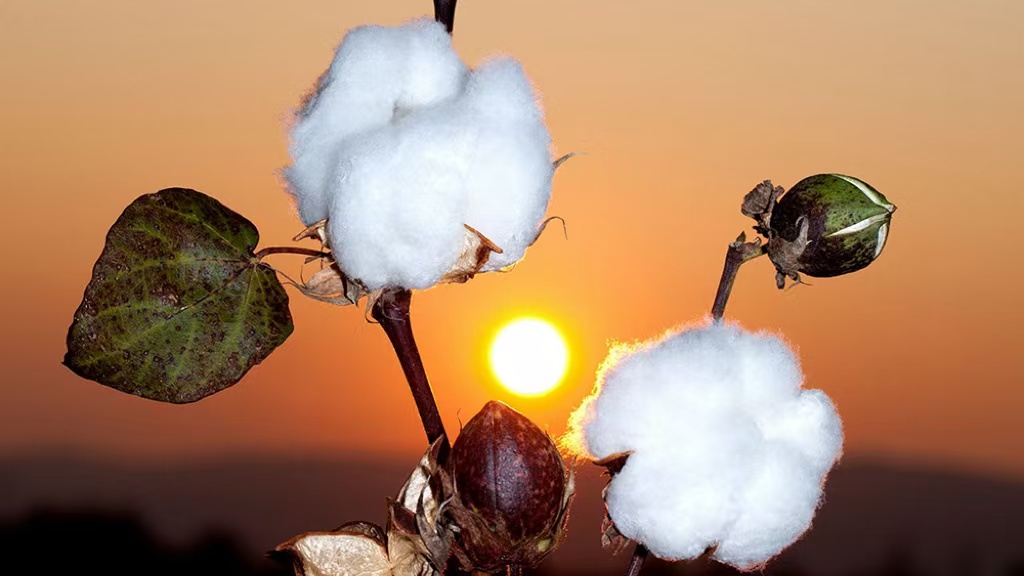As the global climate continues to warm, sustainability and environmental protection are inseparable in our daily lives. Today, let’s discuss the production processes of two types of renewable fabrics (such as organic cotton and bamboo fiber) that are often used in our textile industry.

1.Cultivation and Harvesting: Organic cotton is grown without chemical fertilizers or pesticides, and mature cotton is harvested by hand or mechanically.
2.Ginning and Cleaning: The cotton is ginned to remove seeds, and impurities are cleaned away to obtain clean cotton fibers.
3.Carding and Spinning: The cotton fibers are carded and then spun into yarn.
4.Dyeing and Finishing: The yarn is dyed using plant-based dyes and then finished.
5.Weaving and After Treatment: The yarn is woven into fabric and subjected to after-treatment, resulting in finished products.

1.Cultivation and Harvesting: Fast-growing bamboo is cultivated and harvested when mature.
2.Processing and Soaking: The bamboo is debarked, soaked, and decomposed to separate its lignin and cellulose.
3.Fiber Extraction and Cleaning: Bamboo fibers are extracted and cleaned to remove impurities.
4.Drying and Spinning: The bamboo fibers are dried and spun into yarn.
5.Weaving and After Treatment: The yarn is woven into fabric, dyed, and undergoes finishing processes, ultimately resulting in finished products.
By understanding the production process of these two steps, let’s take a look at how to implement water and energy reduction technology to affect production costs and the environment.
Organic Cotton Production Process:
1.Cultivation Stage: Natural fertilizers and rainwater collection are used to lower water demand.
2.Harvesting and Cleaning: Manual harvesting reduces energy consumption, while a closed-loop water system decreases the need for fresh water.
3.Spinning and Dyeing: High-efficiency equipment and water recycling systems reduce water and energy usage.
Bamboo Fiber Production Process:
1.Cultivation Stage: Fast-growing bamboo reduces water demand.
2.Processing and Soaking: Gentle processing methods lower water and energy use.
3.Fiber Extraction and Cleaning: A closed-loop water system is used to clean bamboo fibers, reducing the need for fresh water.
Impact:
1.Reduced Production Costs: Water recycling and energy-saving equipment lead to long-term cost savings.
2.Environmental Improvement: Decreased carbon footprint, greenhouse gas emissions, and water pollution.
So in our daily lives, are there any cases where clothing brands have implemented sustainable strategies and succeeded? We will reveal it to you in the next article.
Contact: Jack Wang
Phone: +86-15988150362
E-mail: gm@sixdragontextile.com
Add: 杭州六龙纺织品有限公司 Yuhang,Hangzhou,Zhejiang,China